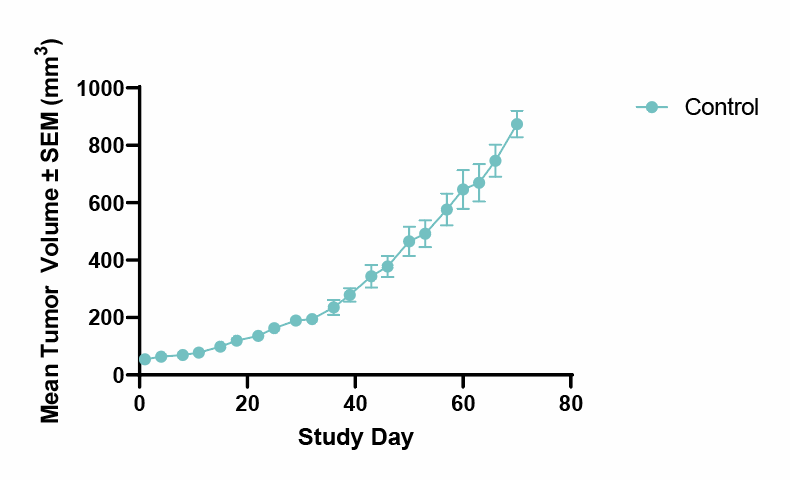Hs766T CDX Model
The Hs766T cell line originates from human pancreatic ductal adenocarcinoma (PDAC), one of the most lethal and challenging-to-treat cancer types. PDAC is notorious for its aggressive growth, early metastasis, and resistance to conventional treatments. The Hs766T model serves as an essential tool for gaining a deeper understanding of PDAC biology, its unique tumor microenvironment, and for evaluating potential therapeutic strategies. This cell line embodies many of the molecular features and genetic aberrations characteristic of PDAC, making it invaluable for preclinical investigations. Through both in vitro and in vivo studies with Hs766T, researchers can observe the disease’s growth dynamics, stromal interactions, invasive tendencies, and treatment responses. The Hs766T model is widely employed to elucidate the molecular mechanisms underlying PDAC progression and to develop and test novel therapeutic approaches, especially those targeting the tumor’s unique metabolic and molecular vulnerabilities.
Model Details
Cancer Location: Pancreas
Cancer Type: Pancreatic Ductal Adenocarcinoma
Model Name: Hs766T
Mouse Strain: CIEA NOG
Hs766T Growth

Growth of subcutaneous Hs 766T in CIEA NOG (n=5)
Request Additional CDX Model Data
CONTACT US
Get Started.
Have questions about how TD2 can assist with your regulatory needs? Reach out to our expert staff today to get started.


